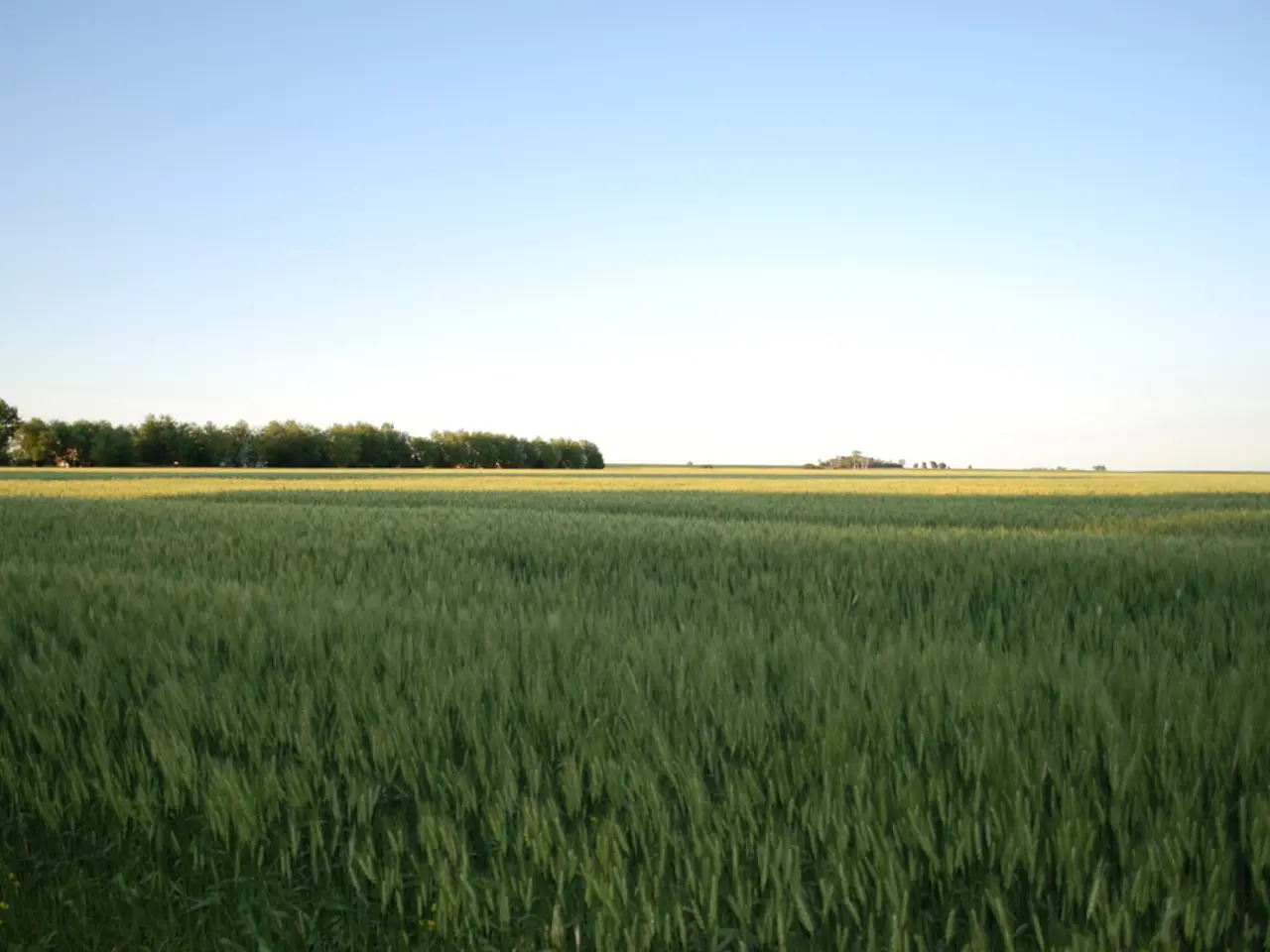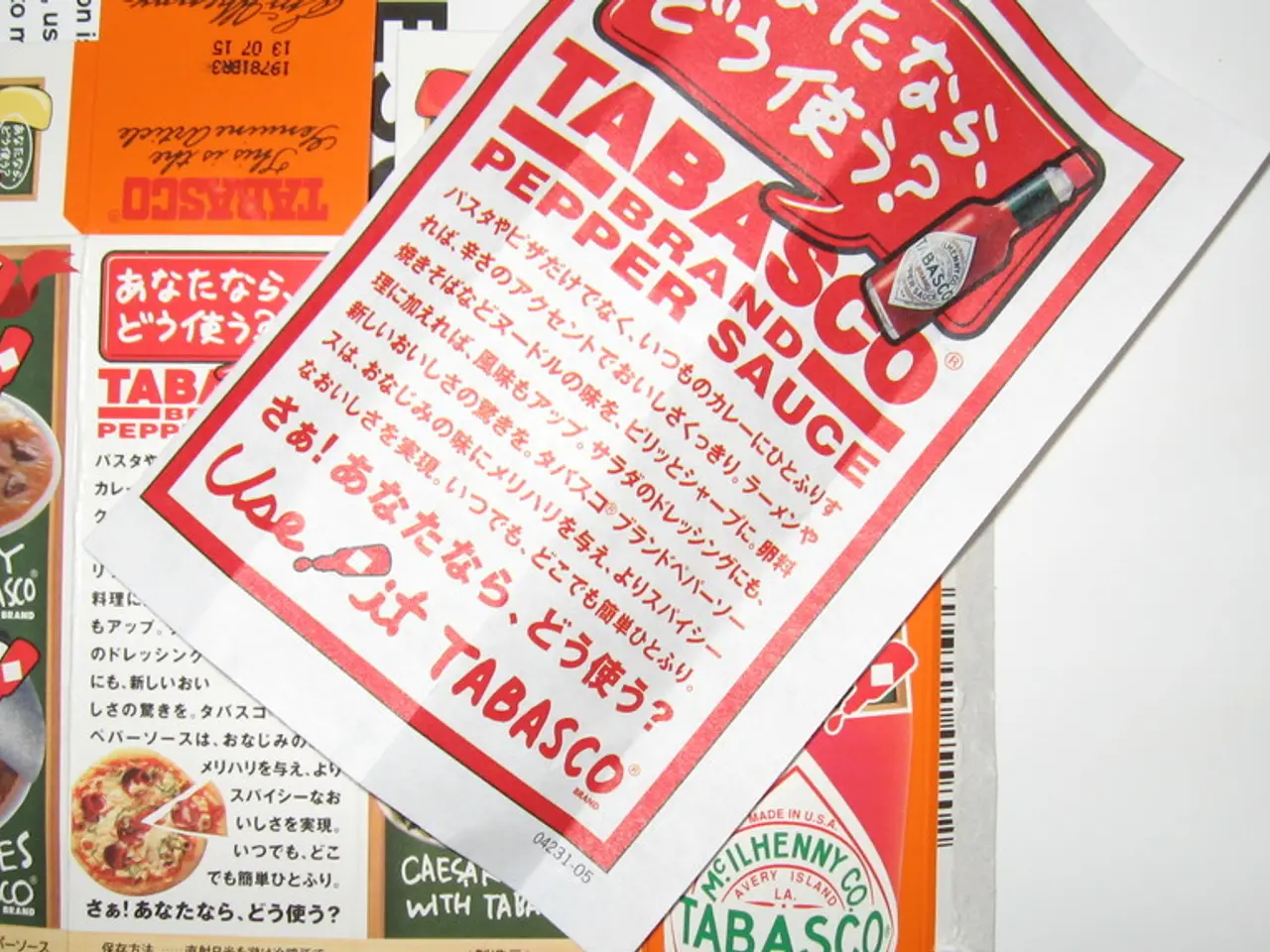The government raised the Minimum Support Prices (MSP) for 14 Kharif crops, setting the price for paddy at Rs 2369 per quintal for the year 2025-26.
India Announces Significant Increase in Minimum Support Prices for 14 Kharif Crops
The Cabinet Committee on Economic Affairs, chaired by Prime Minister Narendra Modi, has approved an increase in Minimum Support Prices (MSP) for 14 Kharif crops for the 2025-26 marketing season. This decision is backed by impressive procurement data from 2014-15 to 2024-25.
The MSP system in India is a government-set price that guarantees farmers a minimum price for certain agricultural crops, protecting them from sharp price falls due to market fluctuations or surplus production.
For the marketing year 2025-26, the government has increased MSP by a minimum margin of 50% over the cost of production for all mandated Kharif, Rabi, and commercial crops. This bold increase aims to incentivize farmers, stabilize farm incomes, reduce dependence on imports, and promote sustainable agriculture.
The MSP currently covers 23 crops, including staples like paddy, wheat, maize, and commercial varieties like tur (pigeon pea) and urad. Notably, the total procurement of paddy increased by approximately 68% from the previous decade, and the total procurement for all 14 Kharif crops increased by a similar margin.
Bajra has the highest expected margin over the cost of production at 63%, while maize and tur have a margin of 59% and 53% respectively. The MSP for maize is Rs 2400, and for tur/arhar it is Rs 8000 per quintal.
The government agencies, like the Food Corporation of India (FCI), procure crops when market prices fall below MSP. The government operates schemes such as PM-AASHA with components like Price Support Scheme (PSS), Price Deficit Payment Scheme (PDPS), and Market Intervention Scheme (MIS) to support procurement and stabilize prices.
The data indicates a significant increase in MSP procurement and payments over the past decade. Total MSP payments to paddy farmers in the last decade were Rs 14.16 lakh crore, compared to Rs 4.44 lakh crore in the previous decade. This represents an increase of approximately 221% in MSP payments to paddy farmers.
The government's strategy includes encouraging the cultivation of pulses, oilseeds, and nutri-cereals, known as "Shree Anna." The increase in MSP is intended to ensure remunerative prices for farmers, as announced in the Union Budget 2018-19.
In summary, India's MSP system is a key agricultural policy tool guaranteeing minimum prices for 23 crops to protect farmers from price fluctuations, with recently enhanced MSPs for 14 Kharif crops in 2025-26 reflecting a strong government push to ensure farmer incomes and market stability.
The Cabinet's decision to increase Minimum Support Prices (MSP) for 14 Kharif crops is expected to have a significant impact on the business and finance sectors, as the increased MSP aims to incentivize farmers, stabilize farm incomes, reduce dependence on imports, and promote sustainable agriculture. The MSP for crops like maize and tur, currently at Rs 2400 and Rs 8000 per quintal respectively, could potentially lead to increased purchases from farmers and higher expenses for government agencies like the Food Corporation of India (FCI).




